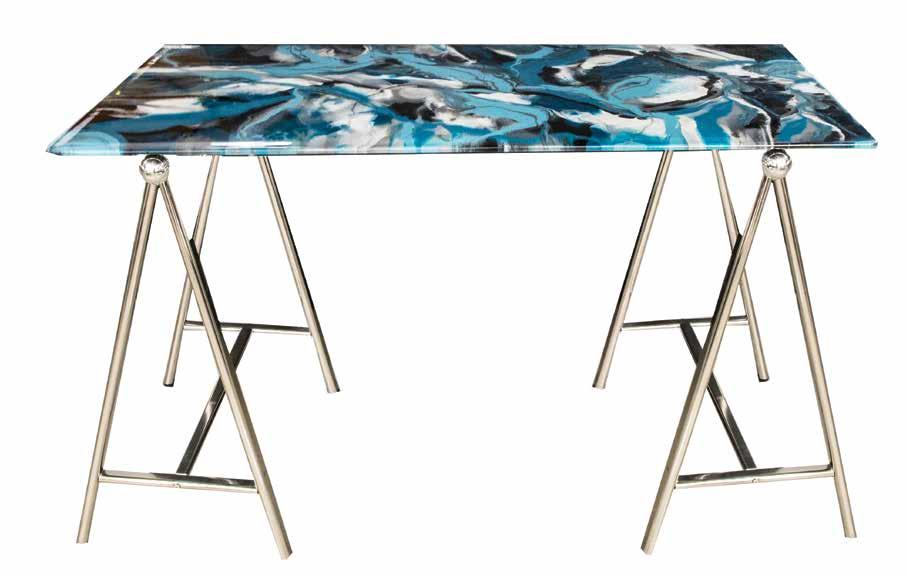HA P P Y AT
HOME R E DU C I N G YOU R WA ST E A N D C R E AT I N G A H E A LT H I E R E N V I R O N M E N T Zero waste, sustainable, eco-friendly—there is a good chance you have heard at least one of these terms, but might not know exactly what they mean, or how to go about incorporating these concepts into your life. As people become increasingly aware of where their trash ends up, there has been a push toward a more mindful way of consuming and utilizing products that emphasize reusable items. For some, they take a more extreme approach, striving to create no trash at all; hence the term zero waste. While that is a fantastic goal, for many it is simply not attainable, and it is easy to feel overwhelmed by the idea of cutting all single-use products out of one’s routine. Even if being completely waste-free sounds daunting, there are some beneficial steps you can take to cut down on your personal waste and create a home that is more sustainable and ultimately healthier for you and your family. Here are some tips to help you as you either start a zero waste journey or simply apply some of the principles to lessen your trash output.
STA RT W I T H A P L A N
Focus on the five R’s, created by Bea Johnson who is credited with raising awareness of zero waste practices thanks to her book, Zero Waste Home. First, Refuse what you don’t need. Reduce what you do need. Reuse the items you can. Recycle what you can’t refuse, reduce, or reuse. Rot (compost) the rest. These are great principles to keep in mind as you begin to create a more sustainable home.
YOUR HOME MAG AZ INE® | 17










